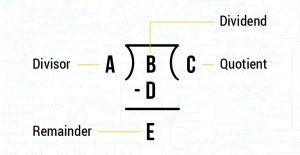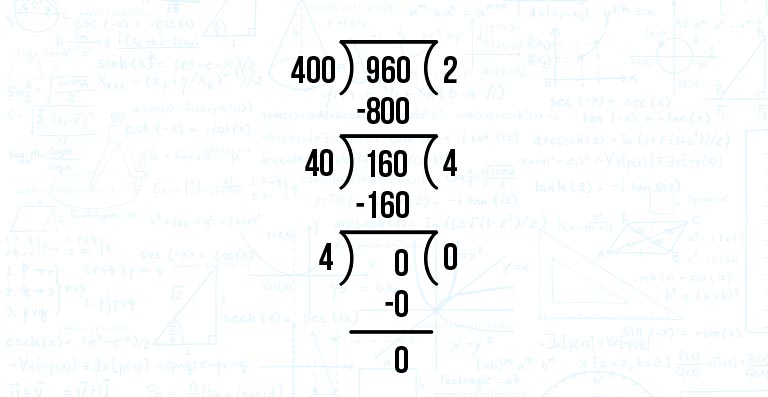Introduction
Students are first introduced to the concept of multiplication through the multiplication tables, then direct questions and statement problems. Later on, they are taught the concept of division which they mug up.
Eventually, when both the concepts are integrated, they get confused.
Long division is one such method that makes use of the concepts of division, multiplication and subtraction. With these many basic concepts integrated, they are bound to face some difficulty while learning it.
Instead of just learning about division, students should understand the use of division, the meaning of divisors, dividends and multiples.
In this article, we will show you why the long division method works and how multiplication complements the process.
WHY DOES LONG DIVISION WORK?
Long division is a standard division algorithm suitable for dividing multi-digit numbers that is simple enough to perform by hand. It breaks down a division problem into a series of easier steps.
WHY DOES LONG DIVISION WORK? is mentioned below in the Downloadable PDF.
What is division?
Division is repeated subtraction. It is the process of dividing a number (dividend) with another number with the same or lesser value (divisor) to find the quotient and a remainder. This remainder is 0 if the divisor is a factor of the dividend, it’s non-zero if the divisor is not a factor.
If the quotient is later multiplied with the divisor, we get the dividend.

Why does long division work?
- In order to see why the long division method works, let’s take an example. Let’s say there are 960 sweets that need to be boxed. Each box can contain only 4 sweets, how many boxes would we need?
- Now, we don’t have to subtract 4 from 960 continuously to arrive at the answer.
- The long division method will help us reach the answer. Since 9 is at the hundreds place in 960, we consider 400 instead of 4 so that 4 is also in the hundreds place..
- 400 would go twice in 960. It’s easier if we check “How many times would 4 go in 9?” The answer to that would be 2.
- This would be the first digit of the quotient.
- When we subtract 800 from 960, we get the first remainder as 160.

- The next step would be to gauge how 400 would divide 160. This is not possible as 400 is greater than 160 and so we consider 40.
- 40 would go 4 times in 160.
- The second digit of the quotient will therefore be 4.
- 160 is wholly divisible by 40 and leaves no remainder.

In the end, 4 goes 0 times in 0 which is how we get the last digit of the quotient. The quotient obtained from this calculation is 240 as seen on the right side of the image above.
So there, you know WHY the long division method works. Don’t you think you’re better equipped to help your students out now?
Conclusion
The mini-lesson targeted at the fascinating concept of long division. The math journey around long division starts with what a student already knows, and goes on to creatively crafting a fresh concept in the young minds. Done in a way that not only it is relatable and easy to grasp, but also will stay with them forever. Here lies the magic with Cuemath.
About Cuemath
Cuemath, a student-friendly mathematics and coding platform, conducts regular Online Classes for academics and skill-development, and their Mental Math App, on both iOS and Android, is a one-stop solution for kids to develop multiple skills. Understand the Cuemath Fee structure and sign up for a free trial.
Frequently Asked Questions (FAQs)
What does DMSB mean?
DMSB (Daddy, Mother, Sister, Brother) is a mnemonic to remember the steps of long division: It means Divide, Multiply, Subtract, Bring Down.
What are the 5 steps of long division?